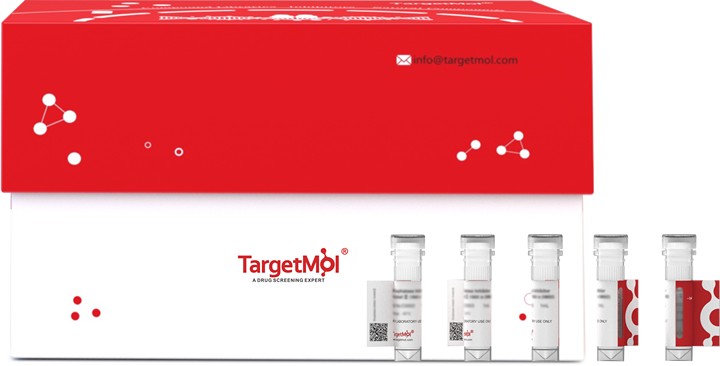Shopping Cart
- Remove All
 Your shopping cart is currently empty
Your shopping cart is currently empty

GLP1R Protein-Nanodisc, Human, Recombinant (Flag & His) is expressed in HEK293 Cells. The accession number is P43220.

| Pack Size | Price | Availability | Quantity |
|---|---|---|---|
| 20 μg | $2,420 | Backorder | |
| 100 μg | $8,480 | Backorder | |
| 500 μg | $16,900 | Backorder |
| Biological Activity | 1. Immobilized GLP1R Protein-Nanodisc, Human, Recombinant (Flag & His) (Cat#TMPY-07122) at 5 μg/mL (100 μL/well) can bind Anti-GLP1R Monoclonal Antibody, Human IgG1, the EC50 is 2-8 ng/mL. 2. Loaded GLP1R Protein-Nanodisc, Human, Recombinant (Flag & His) (Cat#TMPY-07122) on HIS1K Biosensor, can bind Dulaglutide-hIgG4 with an affinity constant of 5.91 μM as determined in BLI assay (Sartorius Octet RED384) (QC tested). |
| Description | GLP1R Protein-Nanodisc, Human, Recombinant (Flag & His) is expressed in HEK293 Cells. The accession number is P43220. |
| Species | Human |
| Expression System | HEK293 Cells |
| Tag | N-Flag-His |
| Accession Number | P43220 |
| Synonyms | GLP-1-R,GLP-1R,GLP-1 |
| Construction | A DNA sequence encoding the Human GLP1R (P43220) (Arg24-Phe257) & (Glu262-Lys437) was expressed and linked by a Fusion protein, with polyhistidine tag and Flag tag at the N-terminus. Within the expressed regions, there are several proprietary thermostabilizing mutations. This protein was prepared using our Nanodisc platform.
Nanodisc is a versatile tool for studying membrane proteins. Using styrene-maleic acid (SMA) copolymer, membrane proteins can be extracted directly from prokaryotic and eukaryotic expression systems in the absence of detergents to preserve the protein structure and function better. Compared to membrane scaffold proteins (MSPs) nanodiscs, SMA nanodiscs also have the advantage of preserving proteins' nature by maintaining native lipids surrounded without introducing any heterologous proteins, which allows studies of protein structure and functions in a native-like environment. |
| Protein Purity | ≥ 90% as determined by SDS-PAGE. |
| Molecular Weight | 58 kDa (predicted) |
| Endotoxin | < 1.0 EU per μg of the protein as determined by the LAL method |
| Formulation | Supplied as sterile 50 mM HEPES, 150 mM NaCl, pH 7.5. Please contact us for any concerns or special requirements. Please refer to the specific buffer information in the hardcopy of datasheet or the lot-specific COA. |
| Stability & Storage | Samples are stable for up to twelve months from date of receipt at -70℃. Store it under sterile conditions at -70℃ or lower. It is recommended that the protein be aliquoted for optimal storage. Avoid repeated freeze-thaw cycles. |
| Shipping | It is supplied and shipped as liquid with dry ice. |
| Research Background | Glucagon-like peptide (GLP)-1 receptor is encoded by GLP1R. GLP1R plays a critical role in mediating the biological actions of GLP1 in mammals and fish. The neuronal GLP1Rs mediate body weight and anorectic effects of liraglutide, but are not required for glucose-lowering effects. Glucagon-like peptide 1 receptor (GLP1R) signaling has been shown to have antipsychotic properties in animal models and to impact glucose-dependent insulin release, satiety, memory, and learning in man. Glucagon-like peptide-1 receptor (GLP1R) and glucose-dependent insulinotropic peptide receptor (GIPR) are their indirect drug targets. |

Copyright © 2015-2025 TargetMol Chemicals Inc. All Rights Reserved.